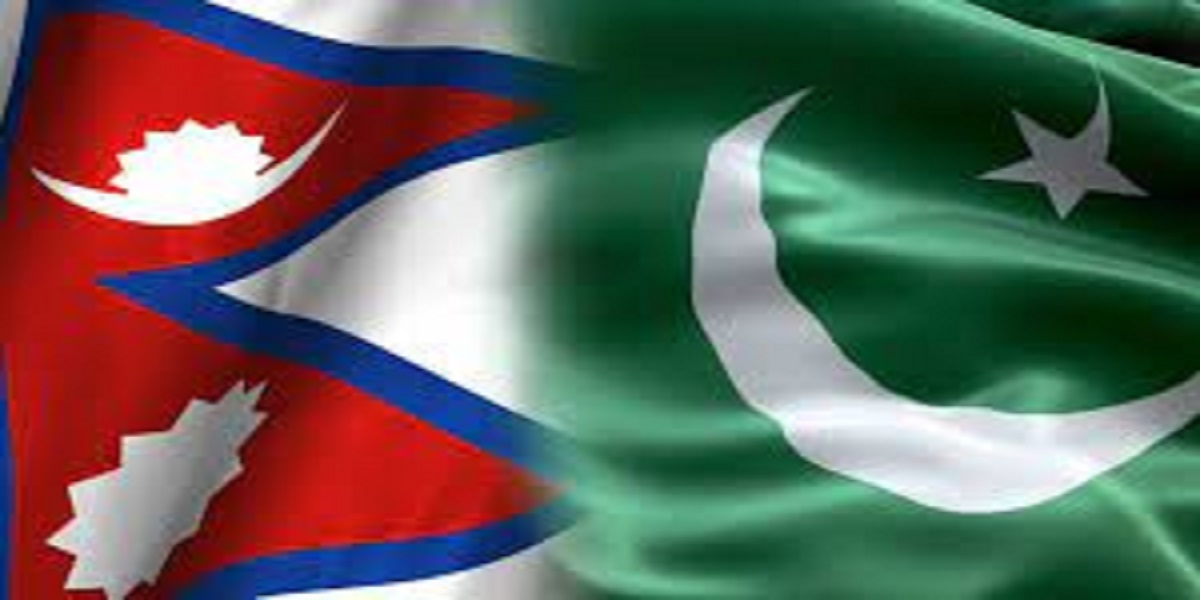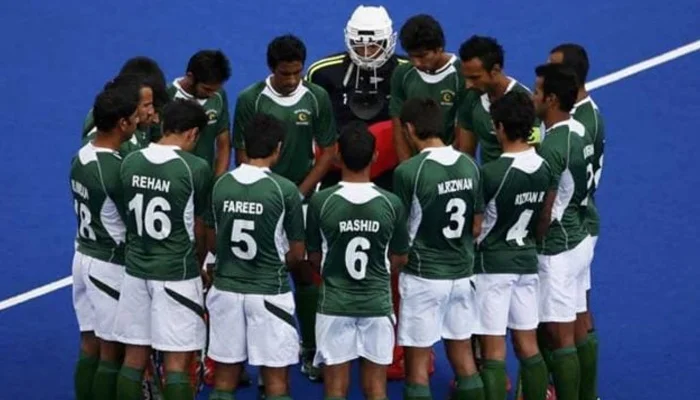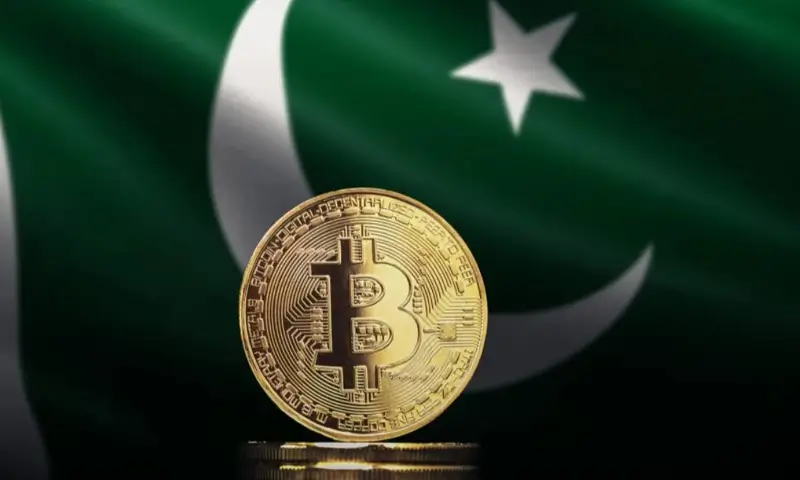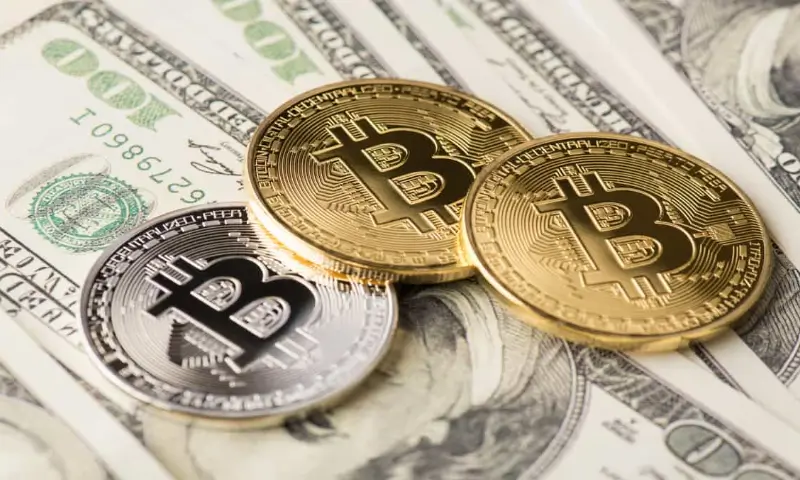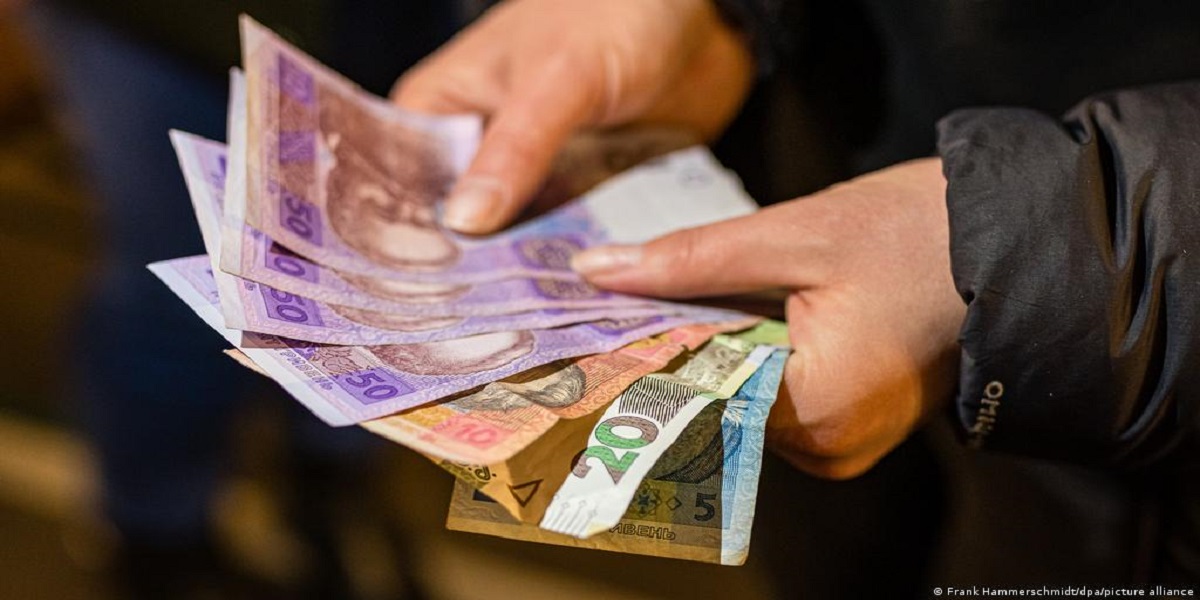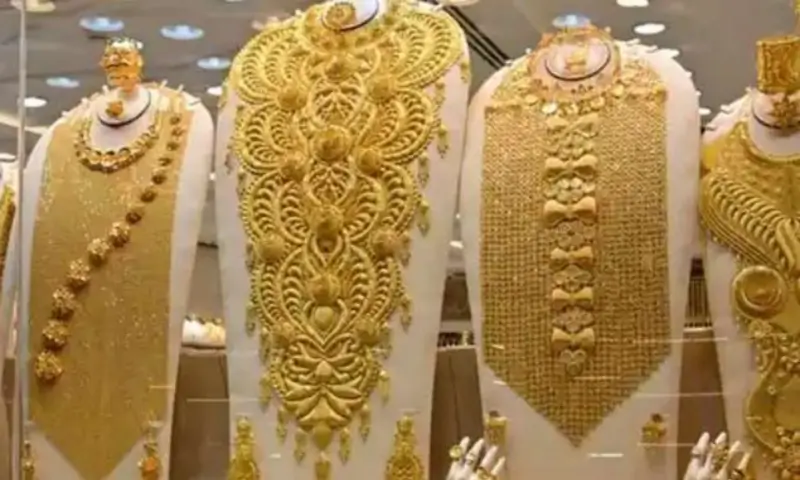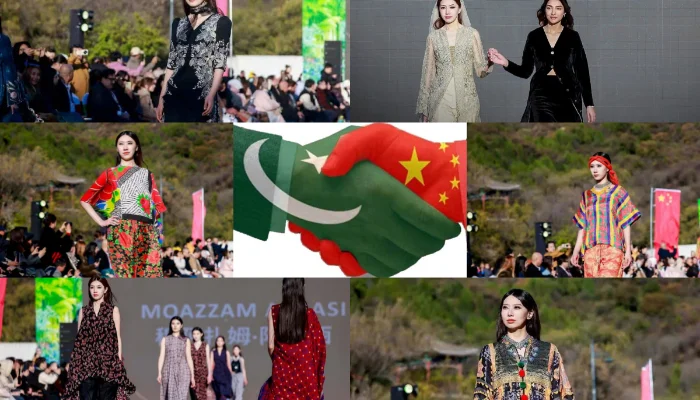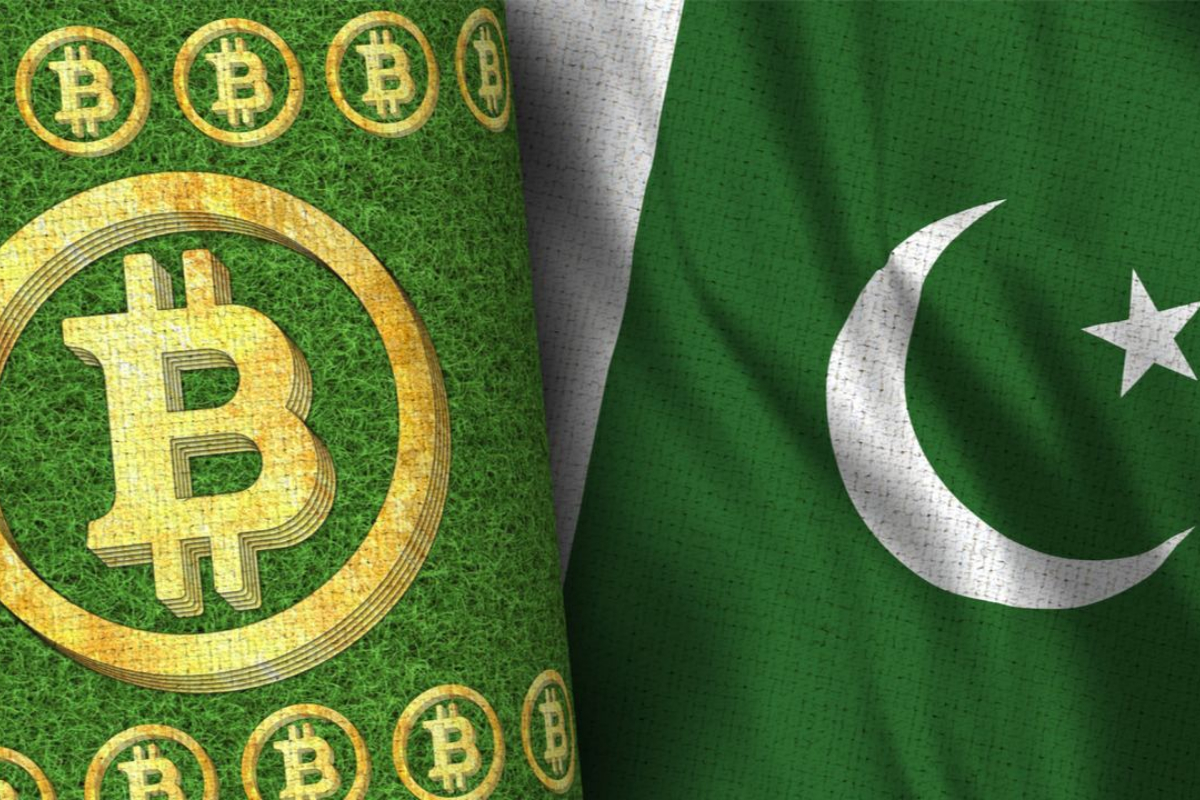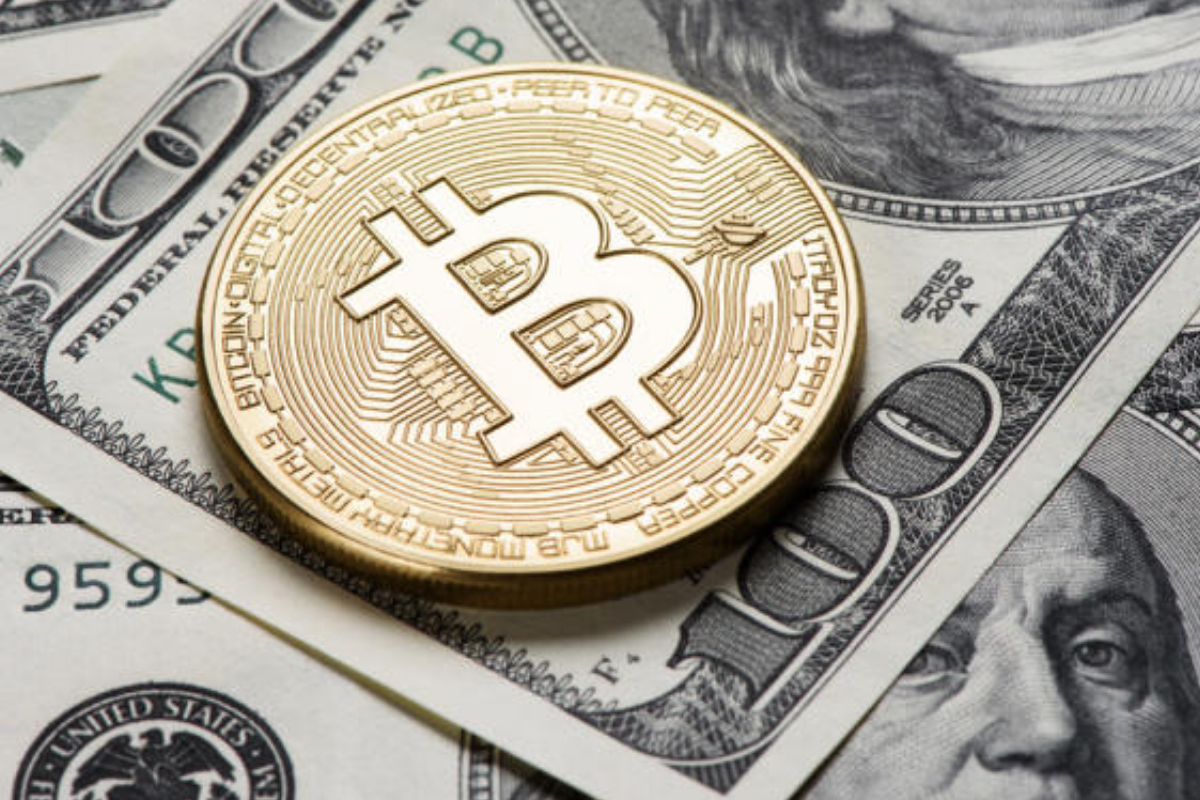Most reciprocal relations in the district, including those among Kathmandu and Islamabad, are overwhelmed by worries about India’s huge impact in the locale.
The two nations have a long history of discretionary and political ties, and India plays had a significant impact in the two nations’ contemplations.
After India’s autonomy in 1947, Nepal kept up with strategic relations with India, yet not with Pakistan. Nepal and India marked a Treaty of Peace and Friendship in 1950, laying out a wide financial, key, and guard organization.
Thus, Nepal remained separated from Pakistan, which was in conflict with India.
Nepal’s analysis of what it saw as exorbitant Indian impact urged the public authority to seek after attaches with the People’s Republic of China and Pakistan.
Nepal and Pakistan laid out strategic ties on March 20, 1960.
Following the foundation of strategic relations, the companionship and sincerity between these two nations has developed further, prodded by understanding and collaboration.
The ongoing status of two-sided ties is one of cordiality and common advantage.
Different elements expanded Nepal’s essential significance in Pakistan’s computations. In 1960, as Indo-US ties developed further, Pakistan started connecting more with South Asia’s more modest neighbors.
During this time, both Nepal and Sri Lanka saw developing contribution with Pakistan.
Another key perspective was geology; East Pakistan was encircled on three sides a by Indian area and shared a minuscule part of its boundary with Nepal, in this manner great relations with Nepal were basic for Pakistan.
Previous Pakistani Prime Minister Z.A. Bhutto put it along these lines: “Nepal is to Pakistan what Afghanistan is to India; Nepal’s nearness to East Pakistan and the essential territories of Sikkim and Bhutan, as well as the territory of Assam with its Naga and Mizo political dissidents, puts Nepal high on Pakistan’s international strategy computations.”
Pakistan was worried about its interior and homegrown troubles after autonomy. Moreover, on account of Nepal’s King Tribhuvan’s commitment to India, Pakistan’s past endeavors to draw in with Nepal were fruitless.
Ruler Mahendra, Nepal’s replacement to King Tribhuvan, still up in the air to lay out attaches with neighbors to limit Nepal’s dependence on India.
Accordingly, under his authority, Pakistan-Nepal strategic ties improved altogether. In spite of the fact that Nepal stayed unbiased all through the Indo-Pak battle of 1971, it before long perceived the recently free Bangladesh, provoking Pakistan to break discretionary binds with Kathmandu, which were later restored.
Political discussions between the two nations are generally held at SAARC highest points; reciprocal outings are unprecedented.
The latest visit was on March 5, 2018, when Pakistani Prime Minister Shahid Khaqan Abbasi paid a respective visit to Nepal following a two-decade break.
During this visit, Pakistan’s Prime Minister talked widely about China’s BRI and CPEC projects, as well as Nepal and Pakistan’s relations.
The latest Foreign Secretary-level Nepal-Pakistan reciprocal political conference occurred in Islamabad on February 25, 2020. The meeting was initially set for 2019, yet Nepal dropped it due to raising India-Pakistan strains.
Alongside plans for joint effort in various businesses, the countries additionally traded assessments on the most proficient method to remember 60 years of strategic relations with different projects.
As pressures among India and Nepal develop over an assortment of issues, Pakistan and China are utilizing the potential chance to reinforce their associations with Nepal.
India should proceed cautiously in drawing in Nepal, whose developing binds with China and Pakistan don’t foreshadow well for India’s inclinations in the district. Against Indian opinion has for some time been utilized by Nepal to help its homegrown position.
It was used to fortify Nepal’s character under King Birendra’s rule, and a comparable association might be drawn under the ongoing framework, when India’s effect on more modest adjoining nations is seen with doubt and concern, drawing on the Gujral Doctrine.
K.P Oli, Nepal’s ongoing Prime Minister, is noted for his favorable to China position. As the China-Pakistan association develops, India should procure the trust and collaboration of its more modest neighbors to discourage China in its customary locale of impact.
In 1962, the nations worked out an economic deal. In 1983, the Nepal-Pakistan Joint Economic Commission was shaped to work on business and monetary participation between the two countries.
There is a great deal of space to further develop exchange and business organizations. Pakistan has made huge interests in Nepal’s material, inn, and banking businesses through joint endeavors.
In 1996, the Federation of Nepalese Chambers of Commerce and Industry and the Federation of Pakistan Chambers of Commerce and Industry shaped a joint business committee. In 2009, a travel industry participation understanding was struck.
In the two nations, data is shared and the travel industry is pushed. Between college joint effort is likewise being utilized to work on social linkages between the two nations.
After the MFN exchange convention was endorsed in 1962, the two countries inked Trade Agreements in 1982. The two nations support SAFTA and the South Asian Economic Union.
The two nations’ absolute exchange volume is assessed to be around US$ 4.8 million. Pakistan trades $1.631 million worth of wares to Nepal, while Nepal sends out $3.166 million worth of merchandise to Pakistan.
Pakistan and Nepal can cooperate to resuscitate SAARC as SAARC is presently latent because of India’s questionable job. This is a loosely held bit of information that the negative impacts of the Indo-Pak clashes have undermined the viability of SAARC.
Pakistan additionally gives monetary guide to Nepalese understudies looking for higher review at Pakistani establishments. The two nations’ monetary cooperation is broad, including a wide scope of businesses.
The two nations have started to develop military ties lately, with Nepal getting firearms from Pakistan. Somewhere in the range of 2004 and 2006, the Nepalese government was denounced and secluded by India, the United Kingdom, and the United States for quelling a vote based system.
To remain in power and battle the Maoist uprising, the government created military collaboration with China and Pakistan, which offered broad military help, arms, and military gear to Nepal.
Nepal has gotten medium-tech weapons from both Pakistan and China. Solidifying Pakistan-Nepal ties hosts tremendous potential for the two gatherings.

